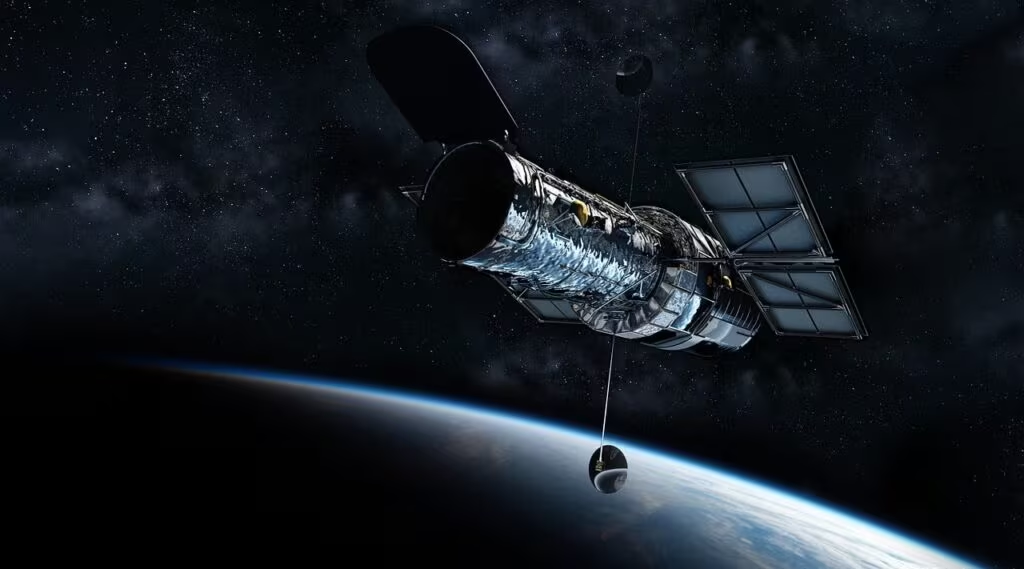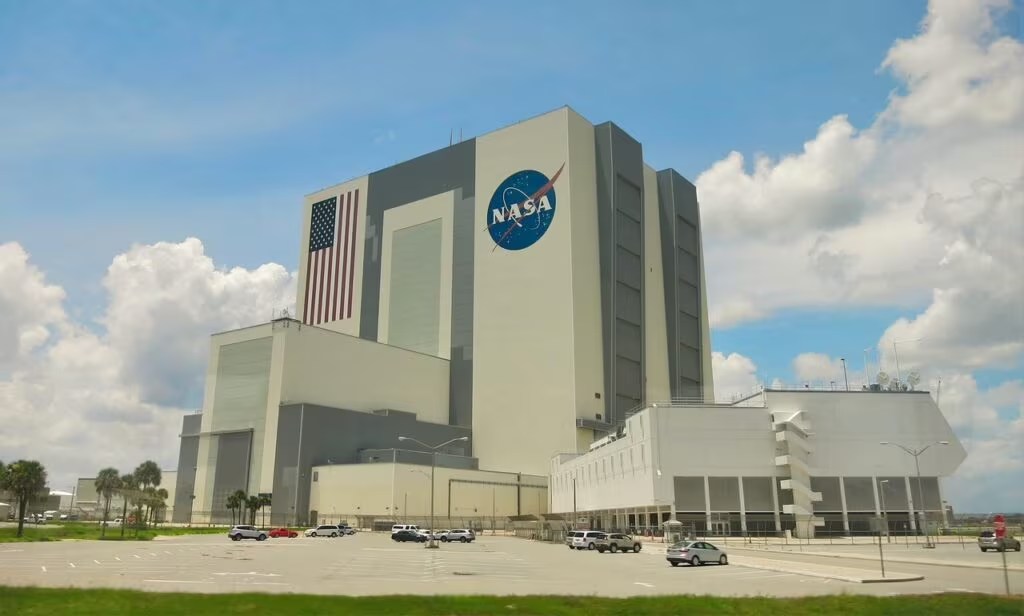Expert Insight: The Administrative Challenge Facing Goddard Space Flight Center
NASA’s Goddard Space Flight Center (GSFC), the agency’s premier hub for robotic science missions, is reportedly facing significant administrative scrutiny, raising concerns among the space community about potential budget cuts or mission restructuring. This critical situation—dubbed the “gutting of Goddard”—was the central topic of discussion on Episode 185 of the This Week In Space podcast.
Veteran space journalists Rod Pyle and Tariq Malik were joined by expert Josh Dinner to dissect the implications of placing GSFC “in the administration’s crosshairs.” Their analysis provides crucial context for understanding the political and scientific stakes involved in any attempt to reorganize one of NASA’s most vital centers in 2025.
Goddard’s Indispensable Role in Space Science
To understand the gravity of potential restructuring, it is essential to recognize GSFC’s unique and irreplaceable contributions to NASA’s portfolio. Located in Greenbelt, Maryland, Goddard is not primarily focused on human spaceflight (like Johnson Space Center) but rather on the design, development, and operation of complex scientific spacecraft.
GSFC is the intellectual and operational home for missions across four key disciplines:
- Astrophysics: Managing flagship observatories, including the operations center for the Hubble Space Telescope and the James Webb Space Telescope (JWST).
- Earth Science: Developing instruments and missions crucial for monitoring climate change, weather patterns, and the planet’s ecosystem (e.g., the Landsat program).
- Heliophysics: Studying the Sun and its influence on the solar system, including space weather and solar dynamics missions.
- Planetary Science: Contributing instruments and management to missions exploring other bodies, such as the OSIRIS-REx asteroid sample return mission.

Any significant reduction in funding or reallocation of core responsibilities could severely impact the continuity of these long-term, high-precision scientific endeavors.
The Threat of ‘Gutting Goddard’
The term “gutting” suggests more than standard budget trimming; it implies a fundamental shift in priorities that could dismantle specialized teams and infrastructure built over decades. The experts discussed how administrative pressure often arises from a desire to consolidate resources or shift focus heavily toward high-profile human exploration programs, such as Artemis.
Tariq Malik and Rod Pyle highlighted that while efficiency drives are common in government, dismantling centers with unique institutional knowledge carries immense risk. GSFC possesses highly specialized expertise in areas like instrument calibration, data processing for complex space telescopes, and managing long-duration orbital missions—skills that cannot be easily replicated elsewhere.
“The danger in administrative restructuring isn’t just losing money; it’s losing the specific, highly specialized institutional memory and engineering teams that make missions like Hubble and JWST successful,” noted one of the experts during the discussion.
Potential Consequences of Restructuring
The podcast guests outlined several critical risks associated with diminishing GSFC’s role:
- Mission Delays and Cost Overruns: Reallocating projects mid-development often leads to significant delays and increased costs as new centers must build up the necessary infrastructure and expertise.
- Loss of Earth Science Focus: GSFC is central to NASA’s climate monitoring efforts. Any reduction here signals a potential de-emphasis on crucial Earth observation data, which is vital for global climate modeling.
- Brain Drain: Highly specialized scientists and engineers, facing uncertainty, may leave NASA for more stable opportunities in the private sector or academia, resulting in an irreparable loss of talent.
Expert Analysis and Historical Context
Josh Dinner provided context on the political dynamics often influencing NASA center operations. NASA centers frequently become targets during budget negotiations, particularly when administrations seek to demonstrate fiscal discipline or realign agency goals.
Historically, NASA has faced similar challenges, where attempts to centralize or consolidate operations have met fierce resistance from congressional delegations representing the affected centers. GSFC, being a major employer and scientific powerhouse, has strong political backing, but this does not guarantee immunity from administrative changes.

The experts emphasized that the current administrative scrutiny appears focused on maximizing resources for the Artemis program’s aggressive timeline, potentially viewing GSFC’s pure science focus as a secondary priority that could absorb cuts.
The Value of Pure Science
The This Week In Space discussion strongly advocated for the intrinsic value of GSFC’s science portfolio. While human exploration captures public imagination, the data derived from GSFC-managed missions drives fundamental breakthroughs in astrophysics, climate science, and planetary understanding.
Rod Pyle stressed that the discoveries made by GSFC missions often provide the foundational knowledge necessary for future human exploration efforts, making the two branches of NASA inherently interdependent.
Key Takeaways: The Future of NASA Science
The expert discussion on Episode 185 underscores the ongoing tension between NASA’s human exploration goals and its scientific research mandate. For readers tracking the future of U.S. space policy, the following points are critical:
- Administrative Threat: GSFC is under review for potential restructuring or budget cuts by the current NASA administration in 2025.
- Core Function at Risk: This threat jeopardizes GSFC’s unique role in managing complex robotic science missions, including operations for the Hubble and JWST telescopes.
- Institutional Knowledge: The primary concern is the potential loss of specialized engineering teams and institutional memory critical for long-term mission success.
- Political Battleground: Any move to significantly alter GSFC’s structure will likely ignite a political battle, as the center holds significant economic and scientific importance.
Conclusion and Outlook
The administrative pressure on the Goddard Space Flight Center serves as a stark reminder that even NASA’s most successful scientific centers are subject to political and budgetary cycles. The analysis provided by Pyle, Malik, and Dinner confirms that the space community is closely watching these developments, recognizing that the long-term health of NASA’s scientific enterprise depends heavily on protecting the specialized capabilities housed at GSFC.
While the outcome remains uncertain, the consensus among experts is that any move to drastically reduce or restructure Goddard would be a significant setback for American leadership in astrophysics and Earth science, potentially sacrificing decades of accumulated expertise for short-term fiscal goals.
Original author: Space.com Staff
Originally published: November 8, 2025
Editorial note: Our team reviewed and enhanced this coverage with AI-assisted tools and human editing to add helpful context while preserving verified facts and quotations from the original source.
We encourage you to consult the publisher above for the complete report and to reach out if you spot inaccuracies or compliance concerns.

